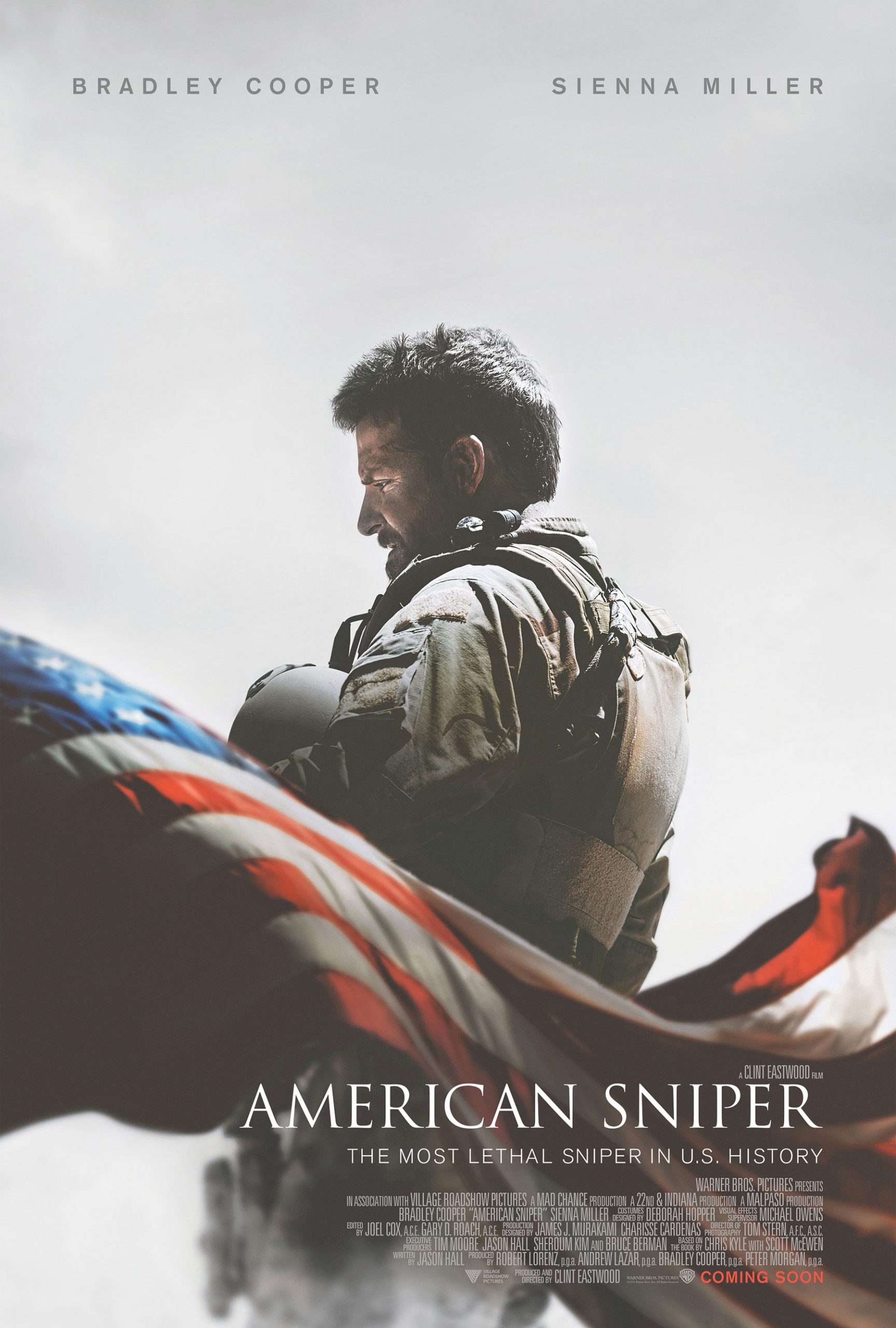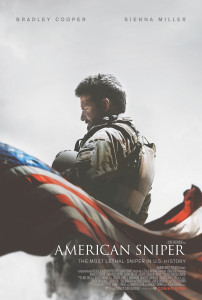
Verdict: Better than recent war films, “American Sniper” reaffirms Clint Eastwood’s prowess, but still disappoints in some aspects.
It is always exciting to see new work from directors, such as Clint Eastwood, with extensive experience and the accolades to match. His latest movie “American Sniper” tells the story of army sniper Chris Kyle, one of the most deadly men in the history of the U.S. military, and the time he served in the Iraq war. American Sniper is a good movie, containing some excellent photography and character development, but it is unnecessarily long and does not bring anything new to the genre.
Eastwood searches for Kyles character before, during and after the war. This investigation of character is probably one of the film’s best qualities, along with Eastwood’s ability to bring emotion out of almost every image. Showing Kyle’s life outside the war brings to “American Sniper” the human element that is missing in movies like “The Hurt Locker” and “Zero Dark Thirty.”
The movie has good and bad moments in its editing. The opening scene shows Kyle (Bradley Cooper) aiming at a child who seems to be holding an explosive. As he is about to pull the trigger, there is a cut to another trigger in a scene where he, as a child, is learning to hunt with his father. Eastwood makes this flashback seem natural — the match cut, from trigger to trigger, pleases aesthetically and displays excellent editing.
The flashback, however, feels rushed during its first sequence. In one conversation scene where Kyle rides on a truck with his friend, Eastwood uses four or five different camera angles inside the vehicle in close succession. At no moment does the scene seem to justify all these angles and cuts, and the viewer is left wondering what Eastwood is trying to do. This confusion takes the focus away from the scene and the story. The quick and irregular cuts that plague the first minutes of the movie end soon and Eastwood seems back in control of the film. Nevertheless, these poorly edited sequences hurt the movie as they are in a complete mismatch with the rest of the film.
On the other hand, there are scenes that shine. The last combat scene features an unlikely, yet powerful example of excellent photography and editing. The dust fills the screen for several long minutes and all soldiers look alike. To hold viewers in a cloud of dust for such a long time is nothing short of courageous; it adds incredible tension. War can be this deep and long cloud. It is impossible to see the forces acting on it. All men are suddenly alike: Victims of decisions made by their governments. In scenes like this, Eastwood gives a true class on filmmaking.
In terms of characterization, it is refreshing to see that Kyle also has a life outside war and that war directly impacts it. This psychological effect is handled well in the film. In one scene, the camera circles around Chris while he sits in his living room, and sounds of war helicopters torment him. The scene shows that war leaves its marks on everyone who takes part in it, often absent in war films. One could hardly call it a glorifying war portrait.
Cooper supports this well-written character with a performance unlike any other in his career. Previously the actor who always seemed on the verge of smiling, Cooper now seems mature and dedicated to bringing out the deepest feelings and emotions of his character. It will be exciting to see how this role shapes his career in the future.
Despite its merits, “American Sniper” falls short of being great. Eastwood never shows a critical scene at the end of the film, preferring instead to use words on a black screen like most traditional biopics. It is disappointing to see the movie conclude without the key element of film: images. This choice makes the ending a cliché — an appeal to emotion that almost never seems to work when words are used on screen.
What comes after these words are real and controversial images. It is an ending that seems forced in the film, trying to impart a message already delivered. The rest of the movie carries enough power and food for thought on its own.


